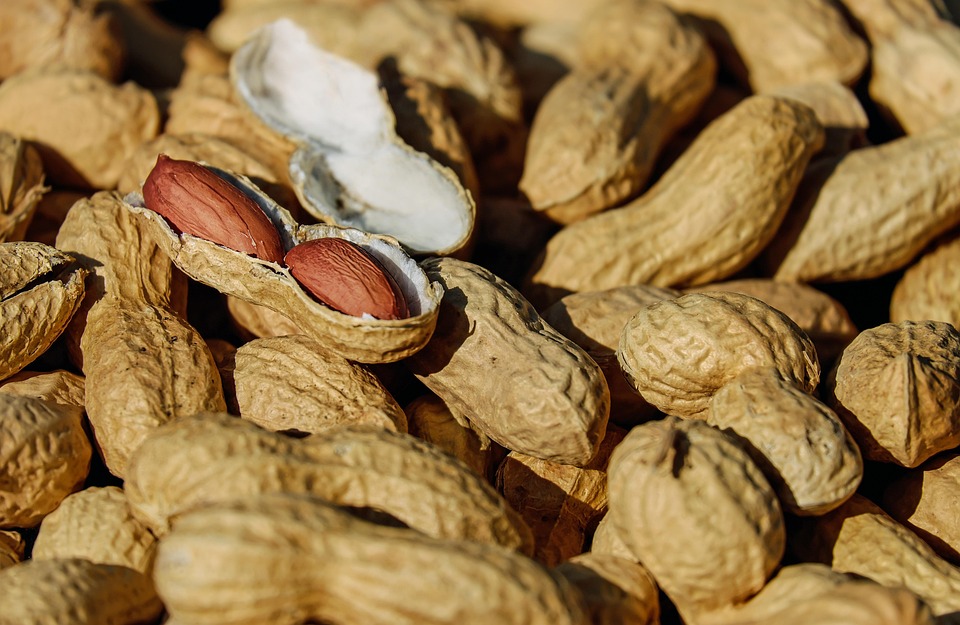Protein on a Budget: Affordable Foods That Pack a Nutritional Punch
In recent years, a heightened awareness of nutrition and dietary needs has led to a greater emphasis on protein consumption. This macronutrient is essential for muscle repair, immune function, and overall health. However, many people assume that a high-protein diet must come with a hefty price tag. Fortunately, there are plenty of affordable food options that can help you meet your protein needs without breaking the bank. In this comprehensive guide, we will delve into various budget-friendly protein sources, their nutritional profiles, and practical tips for incorporating them into your diet.
Understanding Protein: The Basics
Before we explore affordable protein sources, let’s briefly review what protein is and its role in the body. Proteins are made up of amino acids, which serve as the building blocks for tissues and enzymes. There are 20 amino acids, nine of which are essential, meaning your body cannot produce them, and you must obtain them through your diet. The quality of a protein source is often evaluated based on its amino acid profile and digestibility.
Daily Protein Requirements
The Recommended Dietary Allowance (RDA) for protein is approximately 46 grams per day for women and 56 grams per day for men. However, individual needs may vary based on factors such as age, activity level, and overall health. Athletes or those engaging in strenuous physical activity may require more protein to support muscle repair and growth.
Affordable Protein Sources
Now that we understand the importance of protein, let’s explore a variety of budget-friendly options available. Many of these foods are not only economical but also versatile and easy to incorporate into a variety of recipes.
1. Eggs: The Ultimate Budget Protein
Eggs are often hailed as one of the most cost-effective protein sources available. A single large egg contains about 6 grams of protein and is packed with essential nutrients like vitamin B12 and choline.
Ways to Use Eggs:
- Scrambled: Quick and easy breakfast option.
- Hard-Boiled: Perfect for snacks or salads.
- Omelets: Add vegetables for extra nutrition.
- Baking: Use in various baked goods.
2. Lentils: A Plant-Based Powerhouse
Lentils are an excellent source of plant-based protein, with about 18 grams of protein per cooked cup. They are also rich in dietary fiber, iron, and other minerals.
Cooking Tips:
- Soups and Stews: Add lentils to your favorite soups for thickness and protein.
- Salads: Toss cooked lentils into salads for added texture and nutrition.
3. Canned Tuna: Convenience Meets Affordability
Canned tuna is a fantastic source of lean protein, providing approximately 25 grams of protein per 3-ounce serving. It’s also rich in omega-3 fatty acids, which are beneficial for heart health.
Ideas for Canned Tuna:
- Salads: Mix with greens, veggies, and a dressing for a quick meal.
- Sandwiches: Combine with mustard or mayo for a tasty spread.
4. Chickpeas: Versatile and Nutritious
Chickpeas, also known as garbanzo beans, contain about 15 grams of protein per cooked cup. They are a great source of fiber and various vitamins.
Creative Uses for Chickpeas:
- Hummus: Blend with garlic, lemon, and tahini for a delicious dip.
- Roasted: Toss with spices and roast for a crunchy snack.
5. Greek Yogurt: Creamy and Protein-Rich
Greek yogurt boasts nearly double the protein content of regular yogurt, providing about 20 grams of protein per cup. It is also a good source of probiotics, which support gut health.
Ways to Enjoy Greek Yogurt:
- Smoothies: Blend with fruits for a nutritious drink.
- Dips: Combine with herbs and spices for a savory dip.
6. Peanut Butter: A Kid-Friendly Favorite
Peanut butter is a delicious and affordable source of protein, with about 8 grams per 2 tablespoons. It also provides healthy fats and fiber.
Ideas for Peanut Butter:
- Breakfast: Spread on whole-grain toast with banana.
- Smoothies: Add a spoonful for creaminess and protein.
7. Quinoa: A Complete Protein
Quinoa is unique among grains because it contains all nine essential amino acids, making it a complete protein source. Cooked quinoa has about 8 grams of protein per cup.
Incorporating Quinoa:
- Side Dishes: Serve as a base for stir-fries or stews.
- Salads: Mix with vegetables and legumes for a wholesome salad.
8. Cottage Cheese: Economical Dairy Delight
Cottage cheese is a budget-friendly dairy product that packs in protein, offering about 28 grams per cup. It is also low in fat and calories, making it a great choice for those watching their weight.
Ways to Use Cottage Cheese:
- Breakfast: Top with fruits or nuts.
- Savory Dishes: Use in pancakes or mixed into salads.
9. Tofu: A Versatile Plant Protein
Tofu is an excellent source of plant protein, providing about 20 grams per cup. It can absorb flavors well, making it a versatile ingredient in many dishes.
Cooking with Tofu:
- Stir-Fries: Add cubed tofu to vegetable stir-fries for added protein.
- Smoothies: Blend silken tofu into smoothies for creaminess.
10. Edamame: Nutritious Soy Snack
Edamame, young soybeans, contain about 17 grams of protein per cup and are an excellent source of fiber and essential nutrients.
Serving Edamame:
- Snacks: Steam and season with salt for a snack.
- Salads: Toss into salads for an added crunch.
Tips for Maximizing Your Protein Budget
Meal Planning
Planning your meals in advance can help ensure you include a variety of protein sources while minimizing waste. Consider creating a weekly menu that incorporates several of the affordable protein foods we’ve discussed.
Buying in Bulk
Many of the protein sources listed can be purchased in bulk at a lower cost. Buying dried beans, lentils, or grains in larger quantities can save you money over time.
Freezing and Storing
If you have a surplus of perishable items like meat, fish, or dairy products, consider freezing them to extend their shelf life. This practice helps prevent waste and ensures you always have a protein source on hand.
Creative Cooking
Learning to cook with spices and different cooking methods can enhance the flavors of all protein sources. Experiment with grilling, roasting, and simmering to find what you enjoy most.
Conclusion
Eating a high-protein diet on a budget is entirely achievable with the right knowledge and planning. By incorporating these affordable protein sources into your meals, you can maintain your nutritional needs without overspending. From eggs and lentils to canned tuna and Greek yogurt, the options are plentiful and versatile.
Whether you’re a student, a family trying to save money, or just someone looking to eat healthier on a budget, the key is to get creative and plan your meals wisely. Look for sales and explore various cooking methods to make your meals enjoyable and nutritious. With a little effort, you can make protein-rich eating both affordable and delicious.
For those concerned about getting sufficient protein on a tight budget, this guide serves as a roadmap to understanding and accessing nutritious, high-protein foods. Enjoy your journey toward a healthier, protein-packed diet that doesn’t break the bank.
References
- U.S. Department of Agriculture. (2022). “Dietary Guidelines for Americans.”
- Harvard T.H. Chan School of Public Health. (2021). “Protein.”
- Academy of Nutrition and Dietetics. (2021). “Protein Needs Across the Life Cycle.”
- Centers for Disease Control and Prevention. (2020). “Protein and Healthy Eating.”
- National Institute of Health. (2021). “Protein.”
Feel free to reach out if you’d like additional topics covered in a similar manner!


























Add Comment